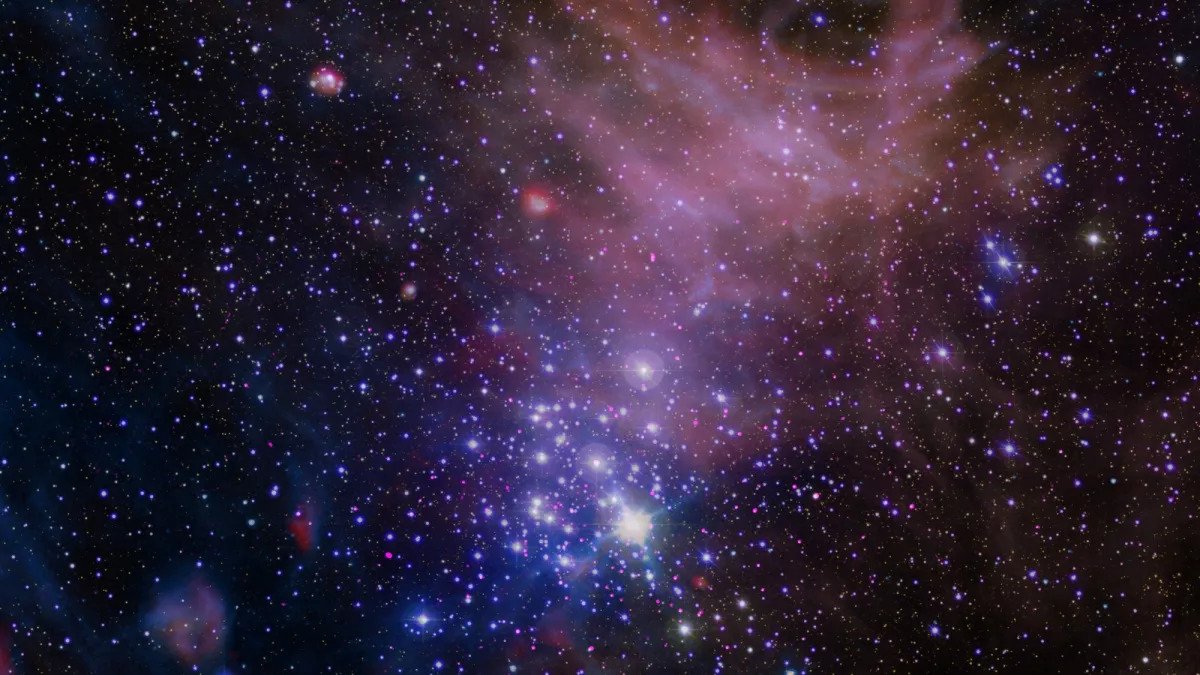A study of scattered star clusters carried out using the Chandra X-ray telescope shows that young stars have significant magnetic activity. It can destroy the atmosphere of their planets.

Investigation of scattered clusters
Scientists suspect that young stars that have just formed and are still not on the main sequence of the Hertzsprung-Rasel diagram have such strong ultraviolet radiation that it “blows out” all the gas and light dust from their protoplanetary disks, preventing planets from forming atmospheres.
In order to find out, scientists used the Chandra orbital X-ray Observatory. They used it to study more than 6,000 young stars scattered across a dozen scattered star clusters. The age of these formations, in which the luminaries are located randomly and at a sufficiently large distance from each other, ranges from 7 to 25 million years.
The researchers then compared the results with studies of stars which age did not exceed 500 thousand years, the study of which Chandra conducted earlier. They are a strong source of X-rays, so it is very convenient to track the evolution of stellar systems behind them.
Young stars and their activity
Studies have generally confirmed the assumption of scientists that young stars are magnetically active. The internal zones of their convection create a kind of dynamo, which creates powerful magnetic fields, which lead to an excess of ultraviolet and X-rays.
At the same time, how long such activity persists depends on the mass of the star. So the luminaries that are 3.5-7 times heavier than the Sun lose convection very quickly. In lighter objects, however, it can persist for a long time.
Even the vision that Sun-like intense radiation persists long enough to slow down the growth of planets close to them. In some cases, it is even possible for the already established worlds to lose not only the primary hydrogen, but also the secondary, denser gas shell.
According to www.space.com
Follow us on Twitter to get the most interesting space news in time
https://twitter.com/ust_magazine

